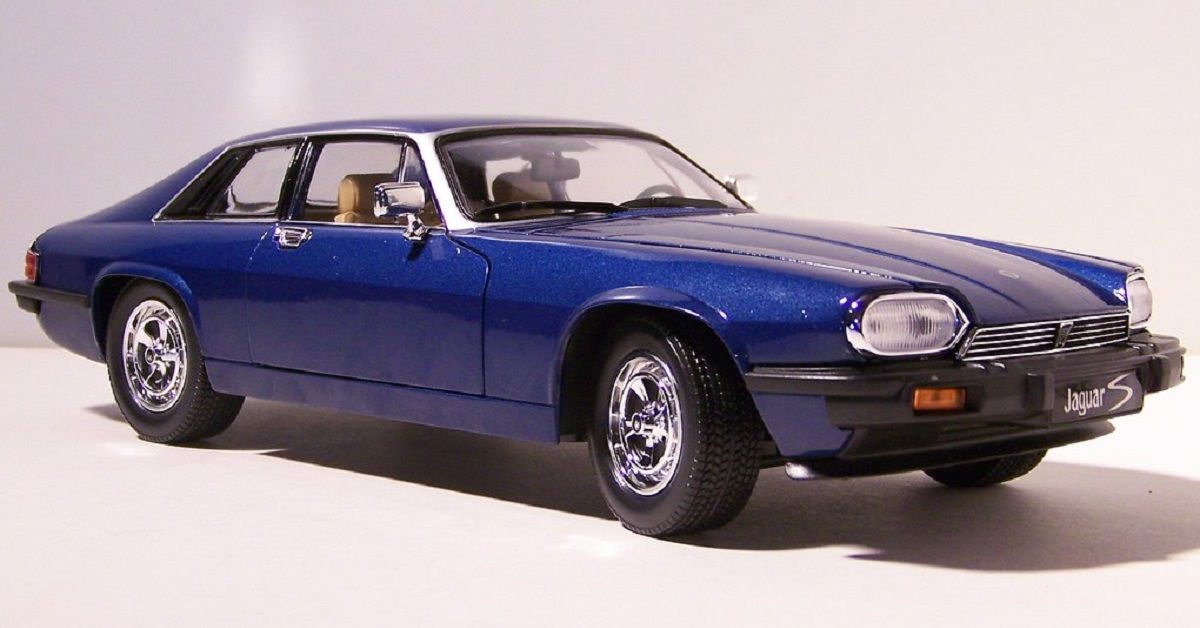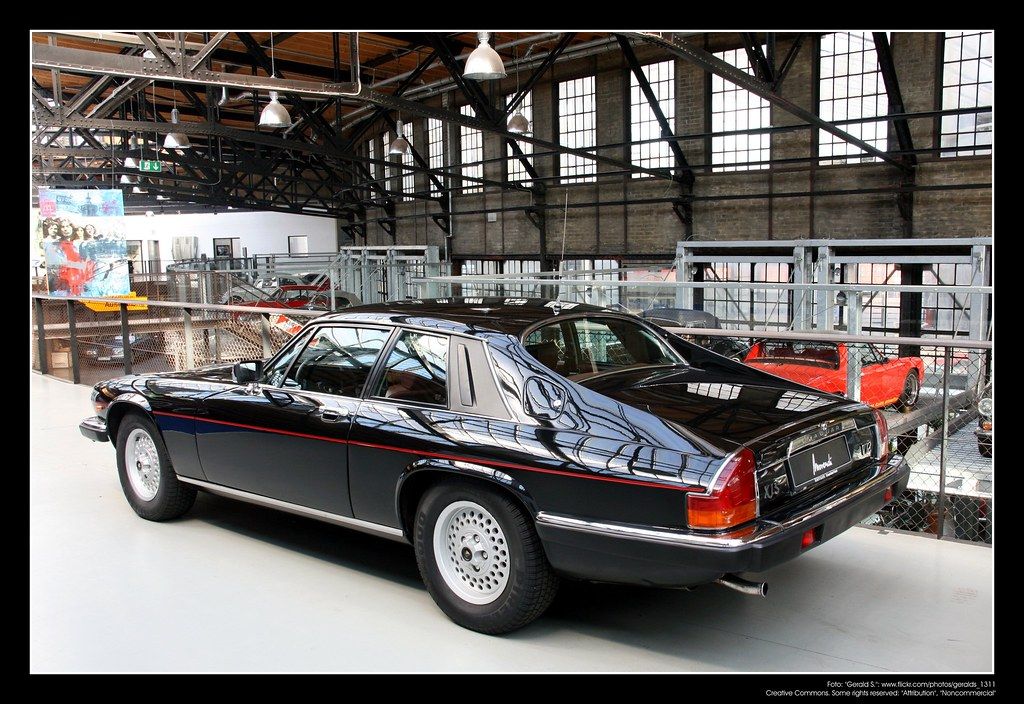The Jaguar brand was founded on the 4th of September 1922 in Blackpool, United Kingdom by William Lyons and William Walmsley. It is a luxurious automobile brand whose original name was ‘Jaguar Cars’ and it was in operation until it became fully merged with Land Rover in 2013 and has now become known as “Jaguar Land Rover”.
The Jaguar brand made an indelible impact for itself by manufacturing a series of mind-blowing sports cars and was recognized at the international motorsport scenery as one of the brands that led the revolution for remarkable and qualitative series of sports cars to ever be produced in history.
In fact, in Jaguar’s long history, one proud moment that stood out was when the brand won the Le Mans 24 hours race in 1951 and 1953 respectively.
The Jaguar XJS
Following the known trend of Jaguar cars for being luxurious models, the Jaguar XJS is not an exception. It is a luxury grand tourer assembled and marketed by Jaguar Cars from 1975 to 1996 in a fixed profile, coupe and full convertible body styles. In the 20 years and 7 months of its production, a total of 115,413 units were produced as the model was quick to become a highly desirable range.
At its inception, it was the XJ-S that was originally designed by Malcolm Sayer; one of Jaguar car’s high-flying aerodynamicist. He was the first person to ever apply the principles of advanced aero to cars and it was developed using the platform of XJ saloon designed by William Heynes. The unique thing about the XJ-S that was in the works at that time was that it has rear flying buttresses, a feature that was exclusive to that specific model.
Unfortunately, Sayer was met with an unfortunate incident and died just before the body styling of the XJ-S was processed for production. But the team continued with the process and remodeled it by including certain modifications and was then manufactured again after the Ford brand acquired Jaguar, then the hyphenated name was removed and the car was named XJS
After the XJS was relaunched under the stable of the Ford Motor Company, a lot of its original features were altered. For example, the rear side windows were more expanded than that of its predecessors and a 4.0-litre form of the AJ6 straight-six engine was introduced.
A convertible model that possessed similar engine was also included in the range in 1992 while the capacity of the V12 engine was expanded to 6.0 in liters. It was accompanied by a power output of 227 kW equal to 304 HP.
Also, there was an update of the transmission into a fourth-gear overdrive to a GM 4L80E and this necessitated a replacement of the outboard rear brakes as well to replace the complex inboard brakes that came with previous models.
Despite the fact that its original designer was inevitable off the project, the car surprisingly received more aerodynamic front and rear and substantial revisions were also sorted through the years. However, in 1996, the production of the XJS was discontinued after it had been in production for 21 years and was succeeded by the famous XK8.
Price of the Jaguar XJS
There is a lot that goes into its pricing these days due to fact that the model would now be regarded as a used buy. What affects its pricing these days is the overall performance that obviously would not match that of the time that it was first produced.
However, users that still have the model confirm that it still works perfectly fine depending on user maintenance. In 2018, it cost around 9000 euros to 11,995 euros depending on its mileages, overall performance and usage history but it is important to note that its value also reduces with time, not necessarily its output.
Final Thoughts
In conclusion, although the XJS has been out of production since 1996, a number of unique facelifts have been done to the available models and it goes without saying that the XJS was such an applaudable creation and the motive for its production was widely achieved. It was well recognized for its high performance.
As a matter of fact, most buyers have recommended it for others, describing the model as being reliable and sturdy and this is quite obvious in the fact that it was in continuous production for an impressive 21 years! It obviously has made a name for itself as one of the best cars in history as it clearly matches the reputation of other Jaguar cars and retains its spot as one of Jaguar’s most iconic models.


-2.jpeg)

-2.jpeg)